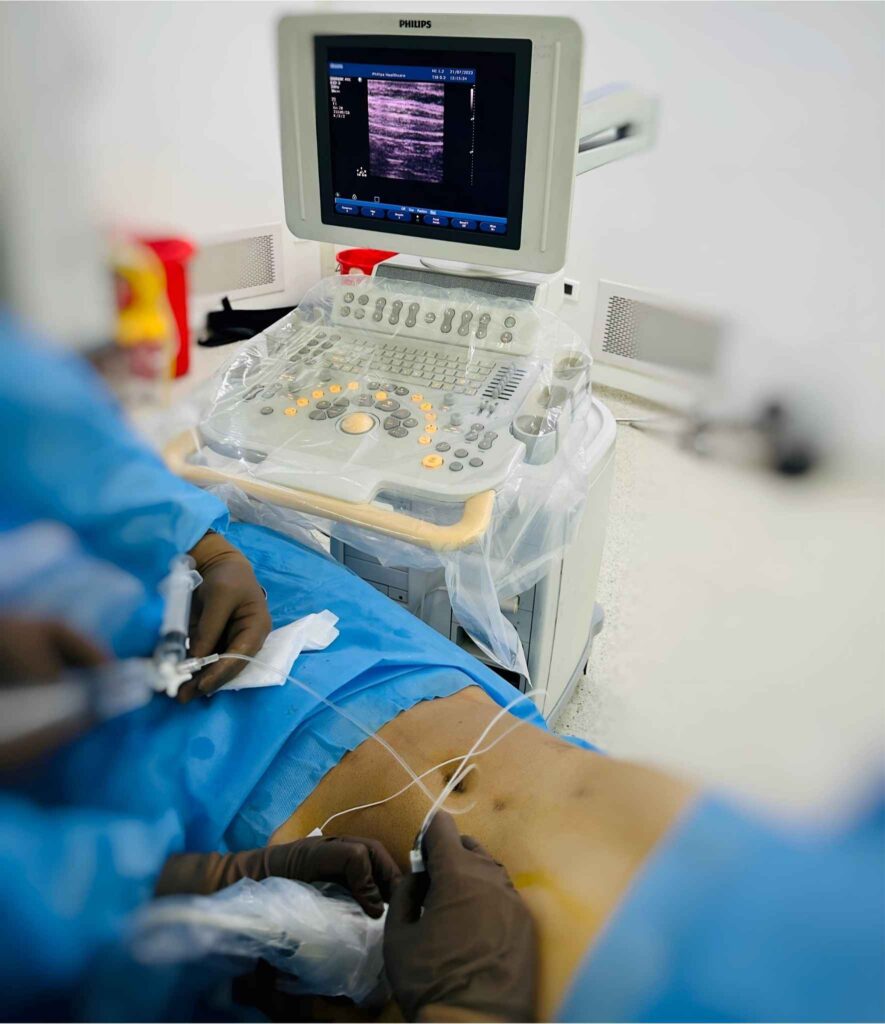Inguinodynia
This is a page for information on chronic groin pain post hernia surgery, also called as Inguinodynia.
If you’re experiencing discomfort in your groin area that persists beyond what is considered normal (typically 3 months after surgery), you’re in the right place. Chronic groin pain (inguinodynia) can significantly impact your quality of life, making everyday activities like walking, standing, sexual intercourse etc challenging and uncomfortable.
But fear not, our expert team is here to provide you with comprehensive information, resources, and solutions tailored to address your specific needs. Whether you’re seeking understanding, diagnosis, or treatment options, let us guide you on your journey towards relief and restored well-being.
Evaluation of Inguinodynia
The evaluation starts with a detailed history and examination to rule out mesh-related complication like infection, recurrence of hernia etc.
The complete evaluation may include other specialties like
- Orthopaedics & Spine
- Urosurgery / Gynaecology
- Algologist / Pain Specialist
- Physiotherapy
- Psychiatry
Groin Nerve Anatomy
The region of groin is innervated by various nerves that carry the sensation from the skin to the brain.
The nerves involved are
- Genito-femoral Nerve
- Ilio-Inguinal Nerve
- Ilio-Hypogastric Nerve
- Lat. Femoral Cutaneous Nerve
"Targeted Care, Lasting Relief for Inguinodynia."
Treatment Options

Robot Assisted Neurectomy and Mesh Explant
Robot Assisted Neurectomy and Mesh Explant for Post Surgery Groin Pain

Laparoscopic Neurectomy and Mesh Explant
Laparoscopic Neurectomy and Mesh Explant for Post Surgery Groin Pain

Pain Procedure/USG guided neural blocks for Chronic Groin Pain
Pain Procedure for Chronic Groin Pain

Open Groin Exploration and Neurectomy
Open Groin Exploration and Neurectomy with Mesh Explant for Post Hernia Surgery Groin Pain

Chronic Groin Pain
Physiotherapy for Gait abnormalities
Quick Links
Contact Details
📍 Address: Apollo Hosital, Plot No, 1A, Ahmedabad -Gandhinagar Rd, GIDC Bhat estate,, Ahmedabad, Gujarat 382428
📍Address: 412, B Wing, Opp Indian Oil Petrol Pump, AWS 3, Drive In Rd, Sushil Nagar Society, Memnagar, Ahmedabad, Gujarat 380054
📍Address: Plot No. 28, Rabindranath Tagore Rd, opp. KPT ground, Ward 7, Gandhidham, Gujarat – 370201
📞 Phone: +91 96999 95557
📧 Email: drvishalsoni@gmail.com
Address
📍Address: Apollo Hospitals Outreach Centre, Shastri Circle, RTDC Hotel Kajri Campus, Udaipur, Rajasthan – 313001
📍Address: Apollo Hospitals Multispeciality Center, Air Force Road, Near SBI Bank, Ratanada, Jodhpur, Rajasthan – 342011





